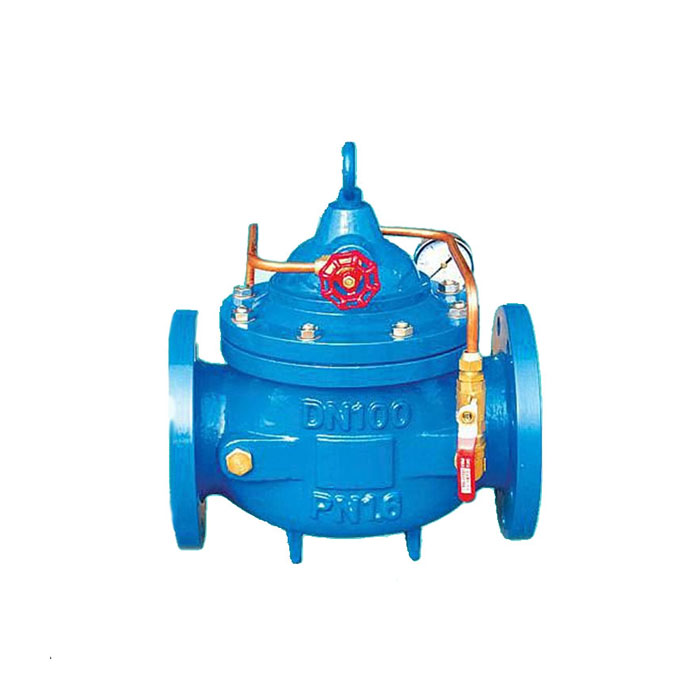y type strainer mesh size
Understanding Y-Type Strainer Mesh Size A Comprehensive Overview
In various industries, ensuring the smooth flow of fluids is critical for operational efficiency. Y-type strainers play an essential role in this context, serving as a filtration device to remove unwanted particles from pipelines and systems. One of the key considerations when selecting a Y-type strainer is its mesh size, which can significantly impact its performance and the overall functionality of the system.
What is a Y-Type Strainer?
A Y-type strainer is a type of filtration device designed to capture debris, sediment, and other undesired particles in fluid systems. Characterized by its Y shape, this strainer can be easily installed into pipelines, allowing fluids to flow through while diverting contaminants into a removable strainer basket. This design not only aids in preserving system integrity but also enhances the lifespan of equipment by preventing blockages and wear.
Importance of Mesh Size
The mesh size of a Y-type strainer refers to the size of the openings in the strainer basket or screen. It is a crucial factor that influences the strainer’s efficiency in filtering fluids. Mesh size is typically measured in terms of the number of openings per linear inch or in microns. For instance, a 40 mesh size has 40 openings per inch, whereas a 100 micron mesh can capture particles that are as small as 100 microns in diameter.
Choosing the right mesh size is vital for several reasons
1. Flow Rate An optimal mesh size ensures maximum flow while effectively capturing unwanted particles. A mesh that is too fine may restrict flow, leading to pressure drops and increased energy consumption. Conversely, a mesh that is too coarse may allow contaminants to pass through, negating the strainer's purpose.
2. Application-Specific Needs Different applications require different mesh sizes based on the type of fluid being filtered and the contaminants expected. For instance, in applications involving water with large debris, coarser mesh may be suitable, whereas fine mesh is critical in oil and gas applications where smaller particles can cause significant damage to machinery.
y type strainer mesh size

3. Maintenance and Longevity A well-chosen mesh size can reduce the frequency of maintenance interventions. If the mesh is too fine, it may clog quickly, necessitating frequent cleanouts. Conversely, a coarser mesh may allow more debris but could lower maintenance needs if the system can tolerate some level of particulates.
Factors Influencing Mesh Size Selection
Several factors should be considered when selecting the appropriate mesh size for a Y-type strainer
- Type of Fluid The nature of the fluid, whether viscous, abrasive, or clean, will determine the appropriate mesh size. For example, a strainer for wastewater treatment may require a different mesh than one used in a chemical processing facility.
- Operating Conditions Temperature, pressure, and flow characteristics influence mesh size selection. High-pressure systems may require mesh that can withstand extreme conditions without deforming.
- System Components Understanding the downstream components and the level of filtration they require is essential. Sensitive equipment may need finer filtration, while more robust components might be adequate for coarser strains.
Conclusion
In summary, the selection of the appropriate mesh size for a Y-type strainer is a pivotal decision that can significantly impact system performance and longevity. It requires a comprehensive understanding of the application, fluid characteristics, and operational conditions. By carefully considering these factors, industries can ensure optimal flow rates, effective filtration, and ultimately, greater efficiency in their operations. Investing time in selecting the right Y-type strainer with the correct mesh size can lead to significant long-term savings and improved operational reliability. Whether for industrial processes or water systems, the right choice enhances filtration effectiveness, contributing greatly to the smooth running of various applications.
-
The Key to Fluid Control: Exploring the Advantages of Ball Valves in Industrial SystemsNewsJul.09,2025
-
The Versatile World of 1, 2, and 3 Piece Ball ValvesNewsJul.09,2025
-
Stainless Steel Ball Valves: The Ideal Choice for Efficient Flow ControlNewsJul.09,2025
-
Optimizing Fluid Control with Ball Float ValvesNewsJul.09,2025
-
Manual Gate Valves: Essential for Control and EfficiencyNewsJul.09,2025
-
Everything You Need to Know About Butterfly ValvesNewsJul.09,2025
-
The Versatility of Wafer Type Butterfly ValvesNewsJul.08,2025




